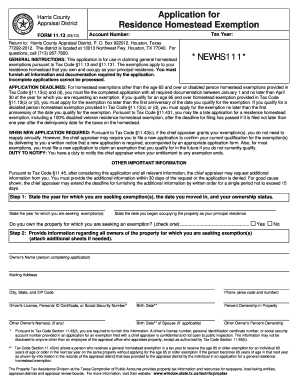

Perform control material testing as specified in this paragraph before resuming patient testing when a complete change of reagents is introduced major preventive maintenance is performed or any critical part that may influence test performance is replaced.Perform control procedures as defined in this section unless otherwise specified in the additional specialty and subspecialty requirements at §493.1267.

7), that provides equivalent quality testing, the laboratory must.
Waived act istat manual#
(d) Unless CMS approves a procedure, specified in Appendix C of the State Operations Manual (CMS Pub. Monitor over time the accuracy and precision of test performance that may be influenced by changes in test system performance and environmental conditions, and variance in operator performance.Detect immediate errors that occur due to test system failure, adverse environmental conditions, and operator performance.(b) The laboratory must establish the number, type, and frequency of testing control materials using, if applicable, the performance specifications verified or established by the laboratory as specified in §493.1253(b)(3). (a) For each test system, the laboratory is responsible for having control procedures that monitor the accuracy and precision of the complete analytical process. Specifically, the general QC requirements that are relevant to blood gas testing are (emphasis added): This section is quite different from the minimum requirements published in the FebruFederal Register. Section §493.1256 describes the new requirements for the routine QC procedures. If the system has been modified or is non-FDA-cleared, additional characteristics must be evaluated and documented. Practically, this requirement is met when the laboratory evaluates the method or test system’s performance characteristics prior to placing the method into routine use, determines that the performance is adequate to meet the needs of the test site’s clientele, retains documentation, and follows the manufacturer’s instructions for operation, including calibration and QC. If a test site has been using a method or instrument prior to the effective date, it does not have to revalidate the method.įor unmodified FDA-cleared or approved nonwaived blood gas systems, this includes evaluating: accuracy, precision, reportable range, and reference intervals (normal values). Test sites must verify or establish the performance of all methods or test systems introduced after Ap(§493.1253), the effective date for the Final Rule. Changes in QC blood gas requirements under the Final CLIA Rule Method validation Most of Subpart K centers on the analytical phase of testing and introduces a new term, “nonwaived testing.” Nonwaived replaces the former and differing QC requirements for the moderate- and high-complexity test categories with a single set of QC requirements for both.

To ensure that test sites focus their quality efforts on all phases of the testing process, this new subpart adopts a quality systems approach and is organized to reflect the flow of a patient specimen through the laboratory. In this rule, the former quality practices described in Subparts K (Quality Control), J (Patient Test Management), and P (Quality Assurance) for tests of moderate and high complexity were updated and combined into a new Subpart K (Quality Systems for Nonwaived Testing). The basic QC requirements changed on Januwith the publication of the CLIA “Final Rule”. These as well as other mandated quality practices were discussed previously. When CLIA’s requirements were first promulgated, electronic quality control was unknown.Įventually CLIA allowed electronic controls to fulfill the daily QC requirement provided the manufacturer specified their use.
Waived act istat how to#
The initial minimum QC standards for blood gas testing, described in the FebruFederal Register, included: following manufacturers' directions having a procedure manual that specifies how to perform tests and report results performing and documenting calibration procedures (or verifying calibration) at least once every six months assaying at least one QC sample every eight hours of testing and including a calibrator or control in each run unless the instrument is calibrated or self-calibrates at least every 30 minutes performing and documenting remedial actions and maintaining records of all quality control activities for two years. Currently, blood gas instrumentation used for POCT as well as that used in the central laboratory is classified as moderately complex. All are based on test method complexity or difficulty to perform the testing. The QC and calibration requirements of CLIA have been in effect for over 10 years.


 0 kommentar(er)
0 kommentar(er)
